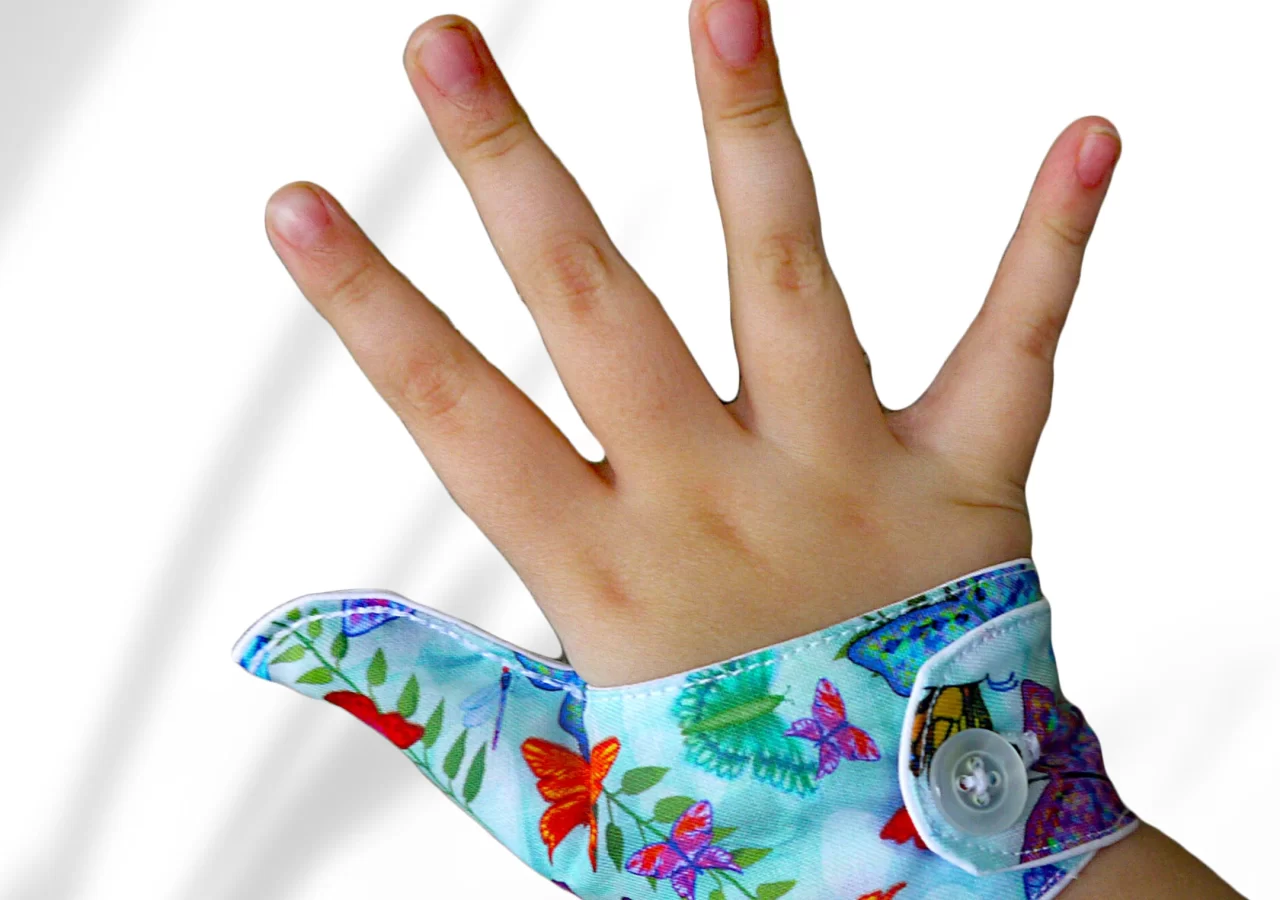Thumb-sucking is self-soothing. It is harmless behavior in infancy and early childhood. Thumb-sucking is not a disorder or manifestation of abnormal behavior in a 3-year-old child. Though common in children below the age of 4 years, it does not run in families.
Should I try to introduce pacifier to get rid of thumbsucking in my child?
I will not advise that. Pacifiers may increase
the risk of ear infections by adding germs to
your baby’s mouth. Prolonged use of pacifiers
may also lead to dental deformities.
Apart from doing it for self soothing, could there be other reasons for thumb-sucking in children?
If it persists beyond 4 years of age, it could be habitual or due to psychological reasons. These include emotional insecurities, neglect, loneliness, oppressive or overcontrolling parents, family discord, etc. Children who have difficulty gaining self-confidence resort to thumb-sucking. A child who wants to attract parental attention (the arrival of a new baby in the family) may also develop this habit.
Does scolding, punishing by forcibly taking out his thumb from mouth, applying many bitter chemicals, plastering thumb, etc.
Have patience. Your child is only 3 years old. Punishing or scolding the child is not going to help. At times, it may even worsen the problem. Child may become aggressive or rebellious and may develop behavioral problems in later life. Your child fails to understand why you are doing all these noxious things to him.
What problems is my child likely to face in future if he does not leave this habit?
Thumb-sucking beyond 5 years may be associated with sequelae (Dental malocclusion with open bite or under bite, paronychia, and social and psychological issues)
At what age a parent should intervene?
Most of the children give up this habit by the age of 4 years. If a child persists in thumb-sucking beyond the age of 4 years, we need to intervene. Developmentally, beyond the age of 4 years, you may reason with the child and obtain his cooperation in working on giving up a bad habit. You may plan on various activities and games which involve the use of hands such as drawing, craft, painting, etc
What else can we do for the bigger children who continue to do thumb-sucking?
It is recommended that parental attention be paused for one month before intervention. Many times, it is successful. If it fails, we may use the following interventions:
- Monitoring of the habit: Monitoring allows the parents and child to keep progress (or lag)
- Motivation rewards and incentives: Praise the child for substitute behavior.
- Sensory feedback: Application of noxious, bitter nail polish which is applied over the nails only. It can be used two-to-three times a day. The child must be told about what you are applying. Most of the children improve in 2 weeks and do not require further treatment.
If some complications occur, whom should we consult?
Dentist opinion and intervention is a must, if there are malocclusion and abnormal facial features. Orthodontic appliances for correction are needed. Orthopedic approach in the form of thumb guard (see pic), handstopper, palatal arch, and palatal crib may be worth a trial. In resistant cases, fixed intraoral antithumb-sucking devices may be used, though very rare.

